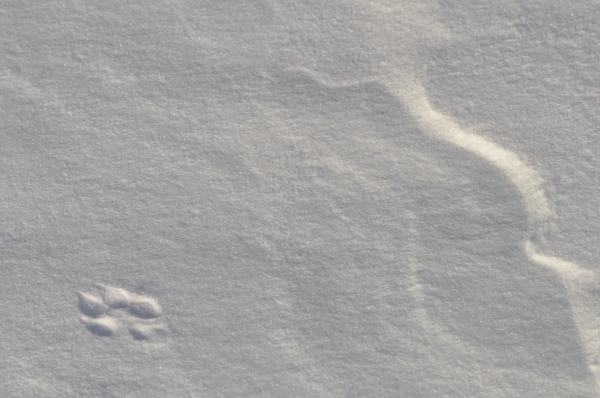BRATTLEBORO — Do you think a hunter should be able to kill a bobcat solely for the “sport” and leave the body to rot where the animal was killed? If not, then you're in the majority!
Tragically, Vermont has no laws that prevent this behavior, and it happens every year.
As a term, “wanton waste” is fairly clear, although “wanton” is not exactly a staple of everyday conversation. The top three definitions of “wanton” in Merriam-Webster are “merciless/inhumane,” “malicious,” and “extravagant,” making it a perfect modifier for the waste of life that masquerades as a legitimate sport.
Applied to wildlife, wanton waste means the killing of animals for no purpose other than that - killing.
In the last couple of years, the issue has gained traction in the public consciousness, as wildlife advocates have called attention to the reckless, wasteful killing of wildlife.
It's time for legislative action.
* * *
The only law on the books that outwardly bans wanton waste is for waterfowl. As for bears, the only requirement is that they must be field dressed, which is presumably to prevent wanton waste, but it does not outwardly ban it. With regard to moose, our population is so depleted there wasn't even a hunting season this year.
At this point, there is little or no market for fur (thankfully, many consumers and clothiers are stepping away from real fur), and often the carcasses are simply left to rot. Trappers readily admit that they trap to “match wits with critters,” or to simply carry on a dying tradition.
It is disheartening to realize that there are no bag limits on bobcats, river otters, beavers, and other fur-bearing animals who are killed each year during the trapping and hunting seasons. Many species (beavers, coyotes, foxes, and others) are killed with no intent to use the animal in any way.
People may also be surprised to learn that there's a crow-hunting season where “hunters” use these highly intelligent animals for target practice with no intent to utilize them in any way. A crow-shooting contest scheduled last year was later canceled in the face of overwhelming public outrage.
But the animal most often the victim of wanton waste is the coyote. With minimal effort, one can find social-media posts of dead coyotes stacked like cordwood, with the proud and victorious “hunter” posing beside them.
In one of the more egregious public displays of wanton waste, last summer a Bloomfield man erected a utility pole at the edge of his property on which he strung up the lifeless bodies of coyote pups to display to his neighbors and passersby.
And just recently, a woman found a coyote who had been shot in Williston and dumped on her road like garbage.
* * *
These types of hateful, wasteful actions will continue without common-sense legislation - like a bill in the House of Representatives this biennium that would ban wanton waste - that would address what both non-hunters and hunters alike should agree is wasteful killing. The law would not penalize those who kill wildlife and use the meat or fur.
Such a bill has the backing of the public. In 2017, the University of Vermont's Center for Rural Studies included this question in its Vermonter Poll: “Should Vermont wildlife policies prohibit the 'wanton waste' of wildlife, except when these animals are causing damage to property or agricultural products?”
The result of the survey indicates that 70.5 percent of Vermonters who responded opposed the intentional and wasteful destruction of the state's wildlife.
But the state Fish & Wildlife Department is highly influenced by its paying customers, so to speak - hunters and trappers - and the agency is reticent to support the legislation, even though the Vermont Fish & Wildlife Commissioner is statutorily required under state law to, in part, “safeguard the fish, wildlife, and fur-bearing animals of the State for the people of the State, and the State shall fulfill this duty with a constant and continual vigilance.”
Allowing the mass slaughter of wildlife is a blatant abrogation of Fish & Wildlife's mandate.
With all of the current stressors on the natural environment, the department should be taking a precautionary approach to wildlife “management,” not endorsing the limitless killing of animals for sport.
For instance, foxes, coyotes, beavers, and other wildlife are vital contributors to healthy landscapes. There are new threats to wildlife, like the gammaherpesvirus, which affects Vermont's bobcats, but Fish & Wildlife leadership seems unconcerned.
If the department's leadership, starting with the commissioner, won't embrace their responsibility to protect wildlife for everyone in Vermont, then that tells us that changes to the broader wildlife governance model are required.
In the meantime, we'd like to make Vermonters aware of the wanton waste bill so that they encourage their legislators to vote for it when the time comes. We cannot continue to allow politics, money, and special interests to dictate wildlife management.
